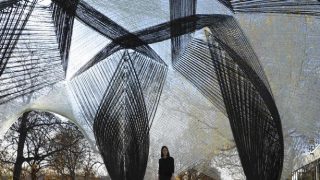
MI weekly selection #95
Humanities & Social Sciences • Science • Technology • Weekly Selection
Giant lava plain on moon likely due to tectonic stretching, not impact The massive plain of solidified lava on the moon, known as Oceanus Procellarum, wasn’t caused by an asteroid impact as previously thought, according to a study published in Nature. Instead, researchers say, the volcanic basalt was formed by tectonic stretching, according to data […]








